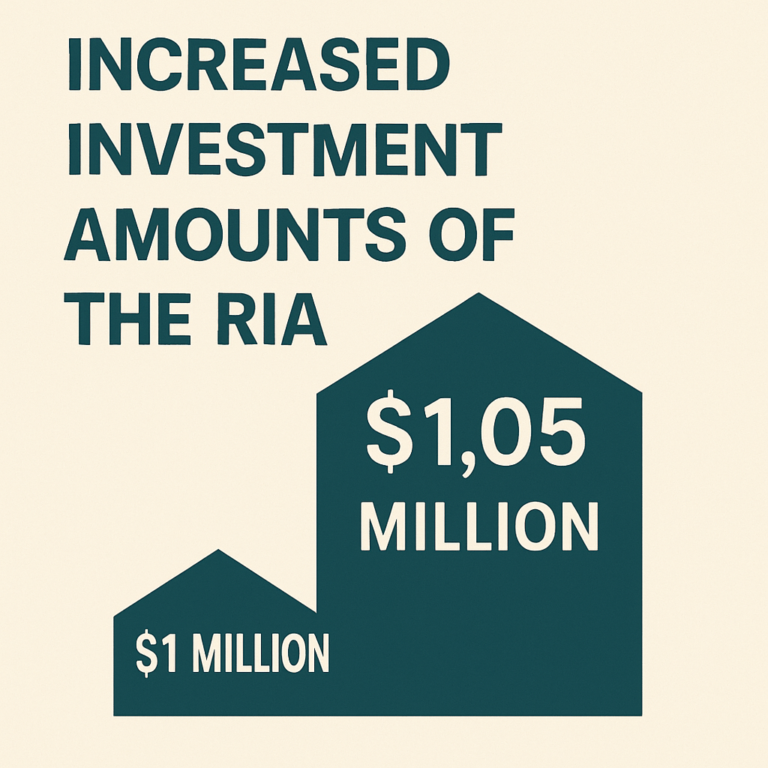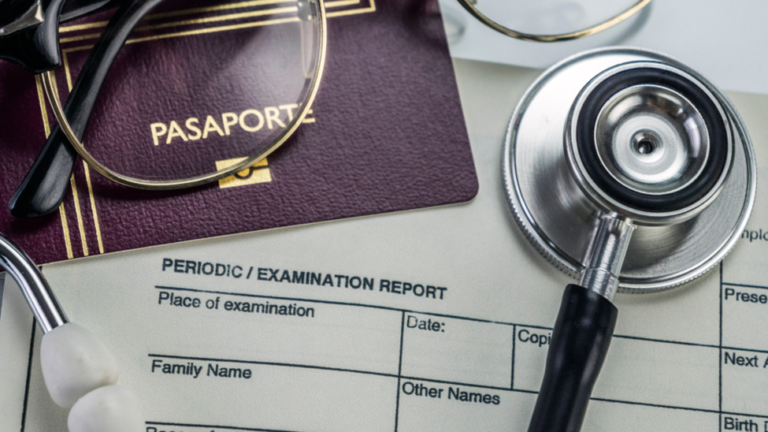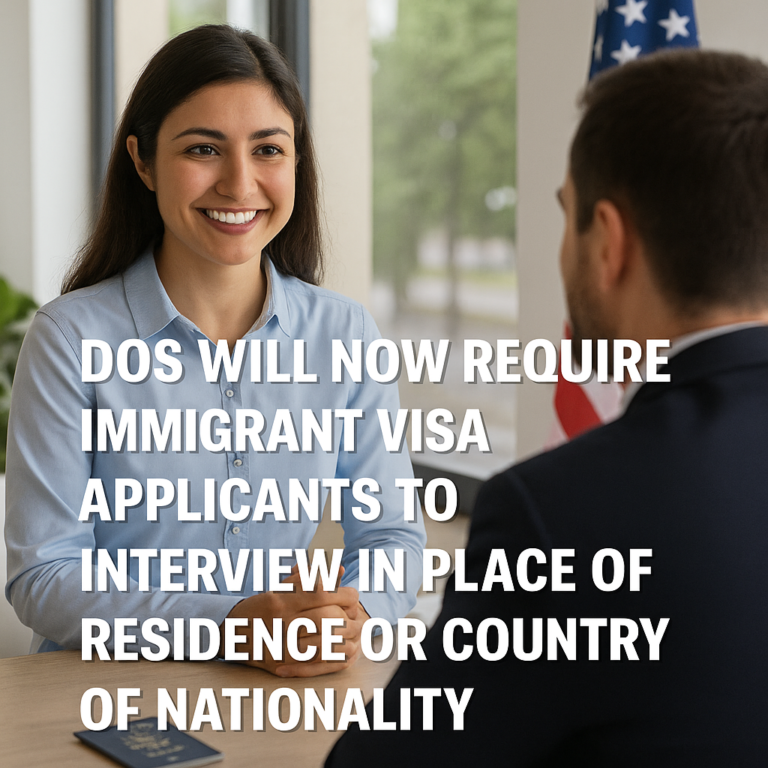The U.S. Department of State has announced a signing a Memorandum of Cooperation on Culture and People-to-People Ties between the United States and Vietnam. See the post on the USDOS website here. “Under Secretary for Public Diplomacy Liz Allen and Assistant Secretary for Educational and Cultural Affairs Lee Satterfield met







